Citroën takes aim for more affordable EVs with the ë-C3
Stellantis managed to clear up a rumour with the first sentence of the announcement about the new ë-C3, as it says the new generation of the C3 – and thus also the ë-C3 – was developed “for the rulebook in Europe.” It will thus not be an import model from India, where an EV with the same name is already available. On the contrary; the ë-C3 was developed for Europe and built here, coming off the production line in Slovakia.
The model could become very popular in Europe, mainly because the price is affordable and the technology doesn’t lag behind the competition. A range of 320 kilometres, according to WLTP – in the combined cycle, not in the pure city cycle – for 23,300 euros is quite something.
The ë-C3 is not yet based on the upcoming small car platform SLTA Small, but on a version of the flexible global ‘CMP Smart Car’ platform from Stellantis. However, it is not the eCMP known from other models, because this base price would probably not have been possible with it – all eCMP models start a few thousand euros above that.
As can be assumed from the price, the ë-C3 uses an LFP battery. This battery has an energy content of 44 kWh in the small car. Considering that the usable net energy content of the Peugeot e-208 or the Opel Corsa-e in the first generation was only one kilowatt-hour higher, this is certainly not a bad value. In addition, the ë-C3 can be charged at a peak of up to 100 kW, and the French company states that the charging process from 20 to 80 per cent SoC takes about 26 minutes. Compared to other models in this price range, such as the Dacia Spring, Citroën offers decent values here. In addition, there is networked navigation via the new ‘ë-ROUTES App’, which is supposed to shorten driving times and provide live data on the charging network.
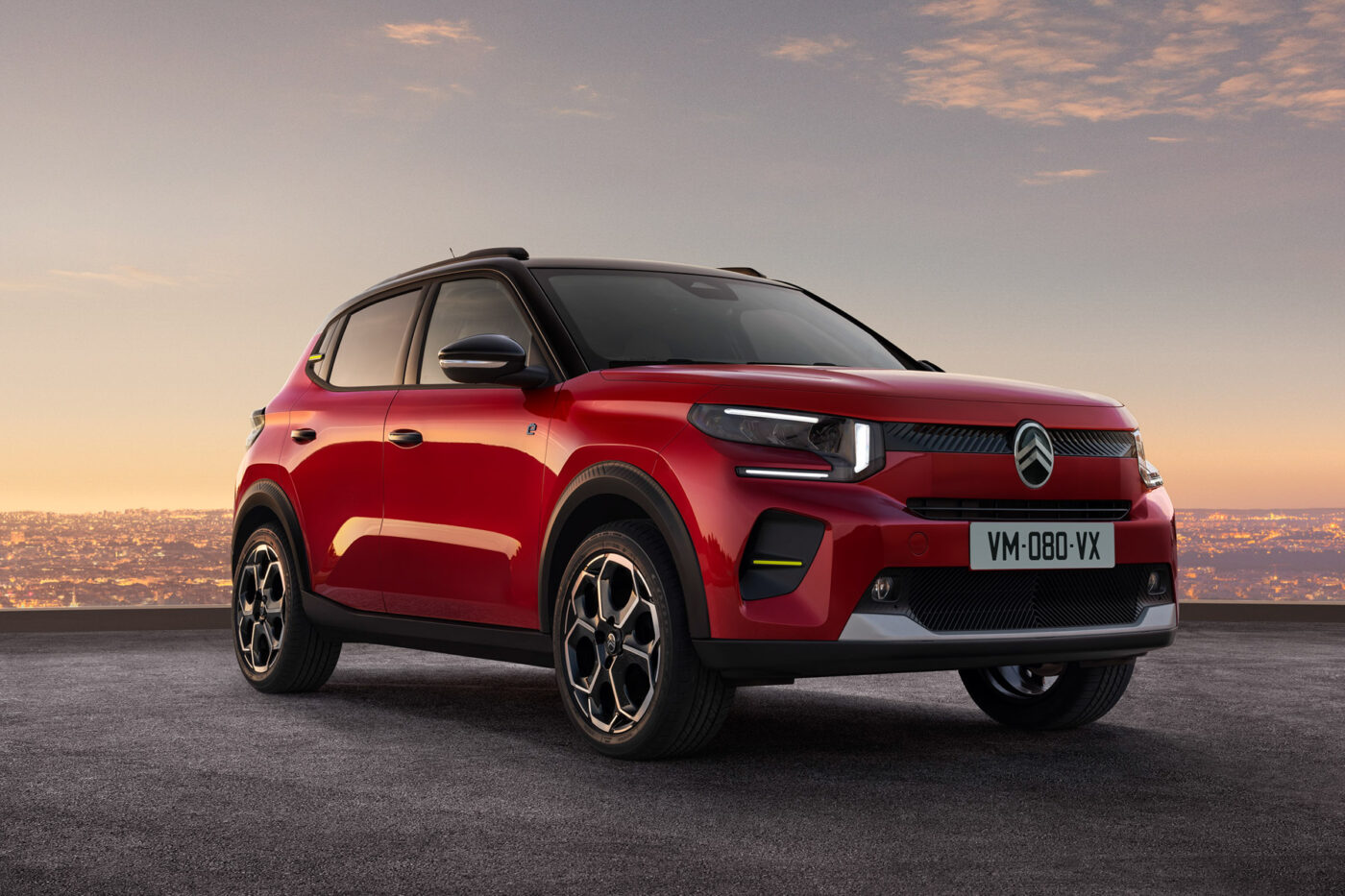
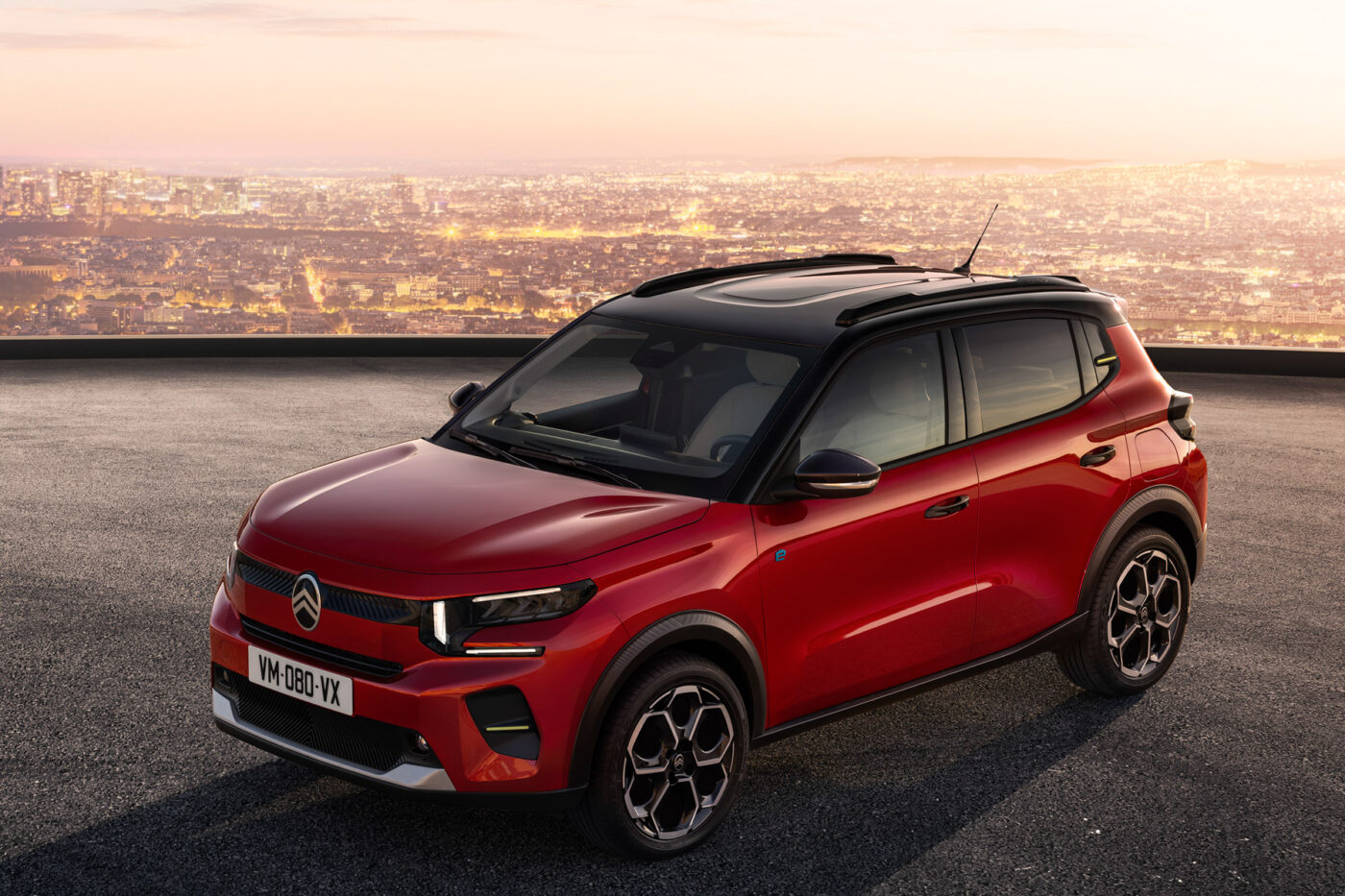
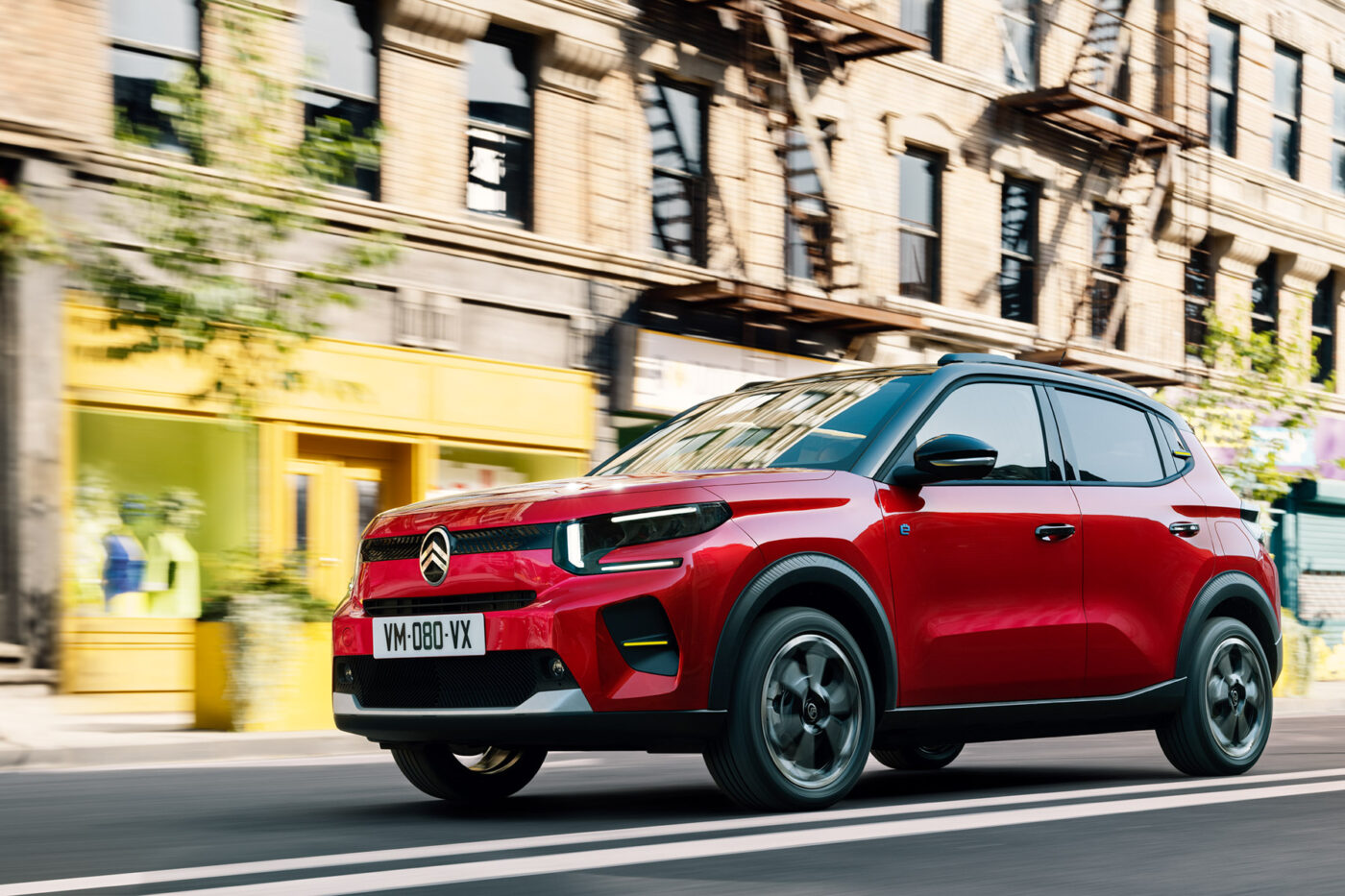
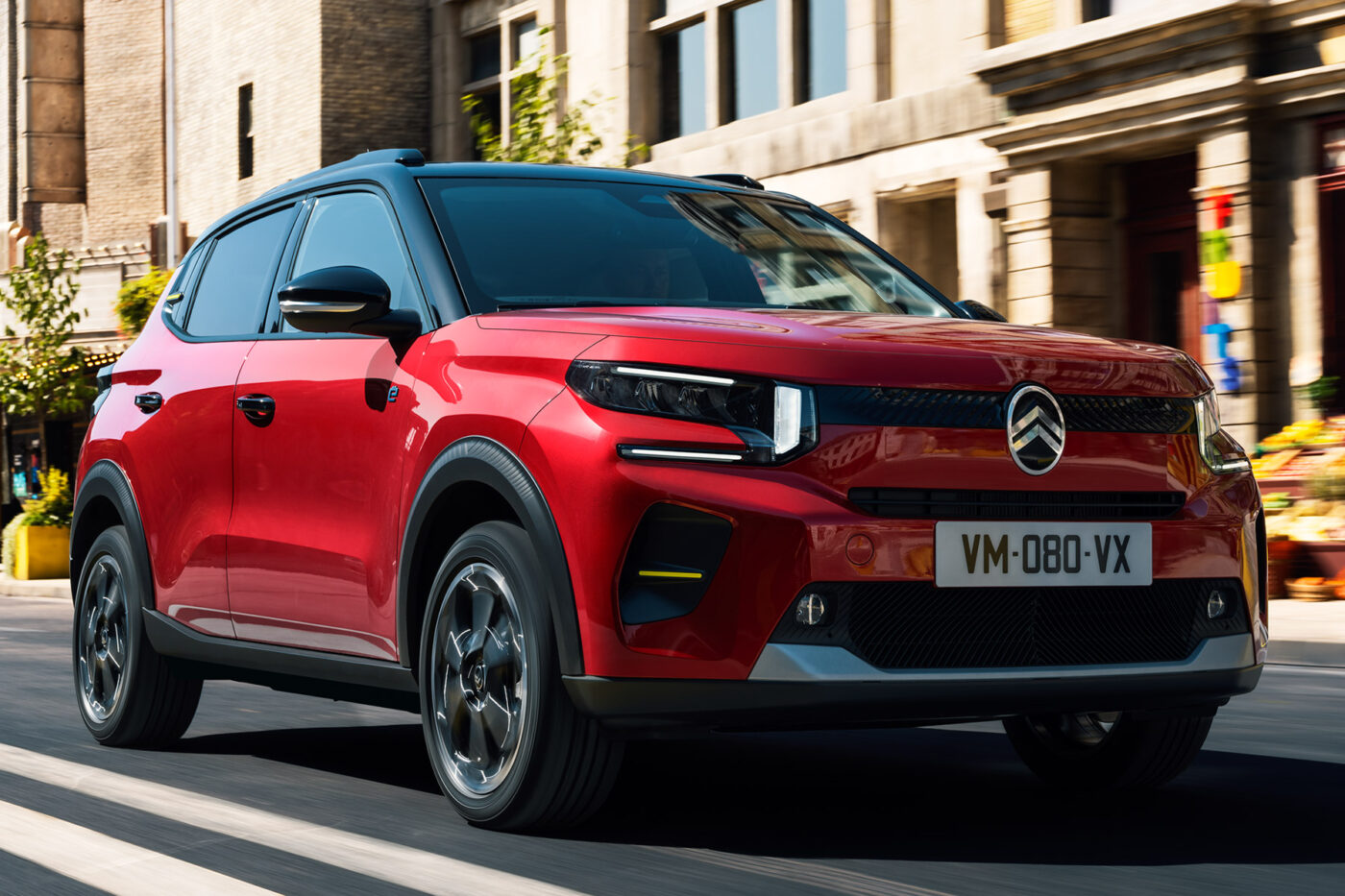
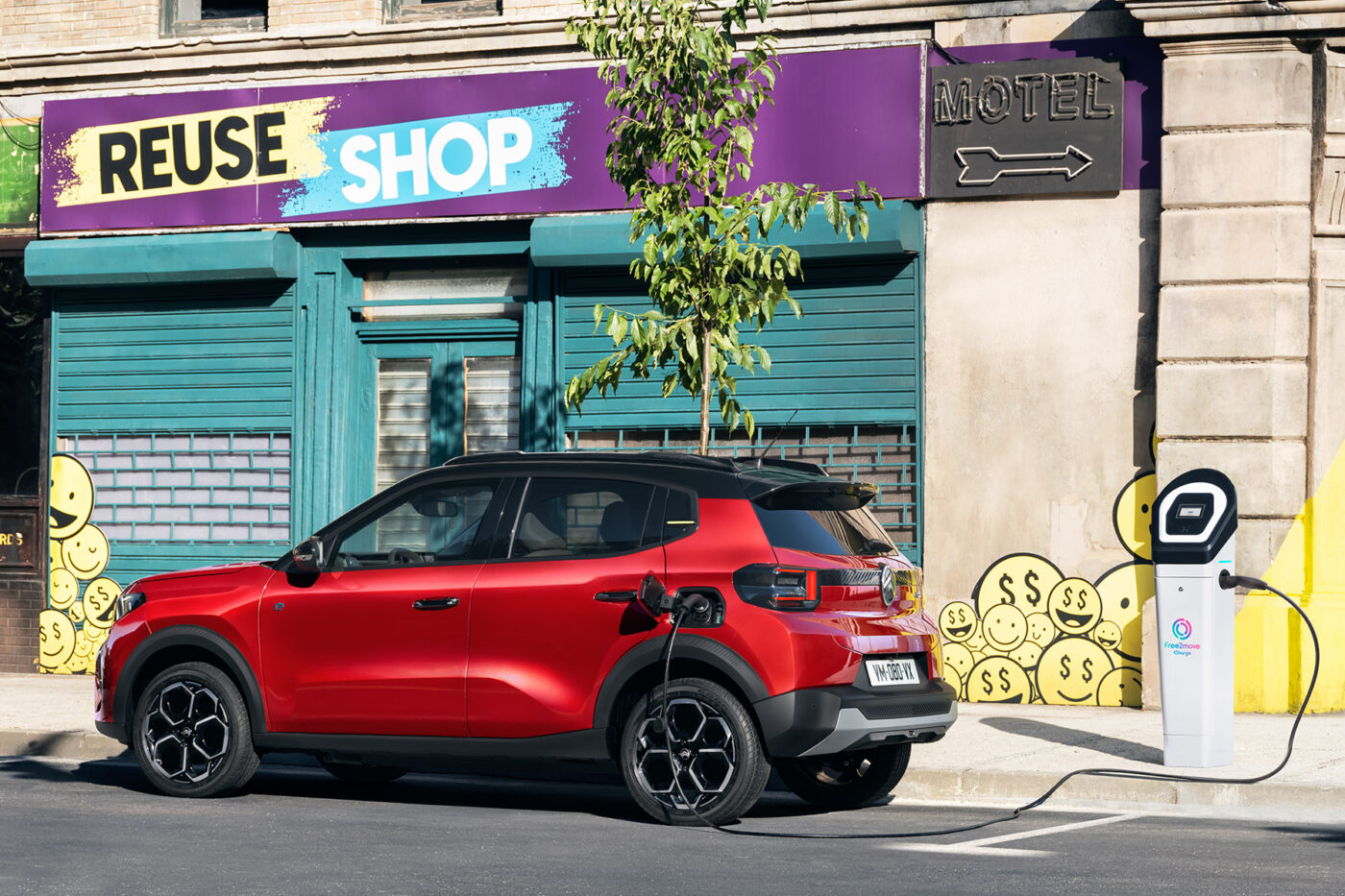
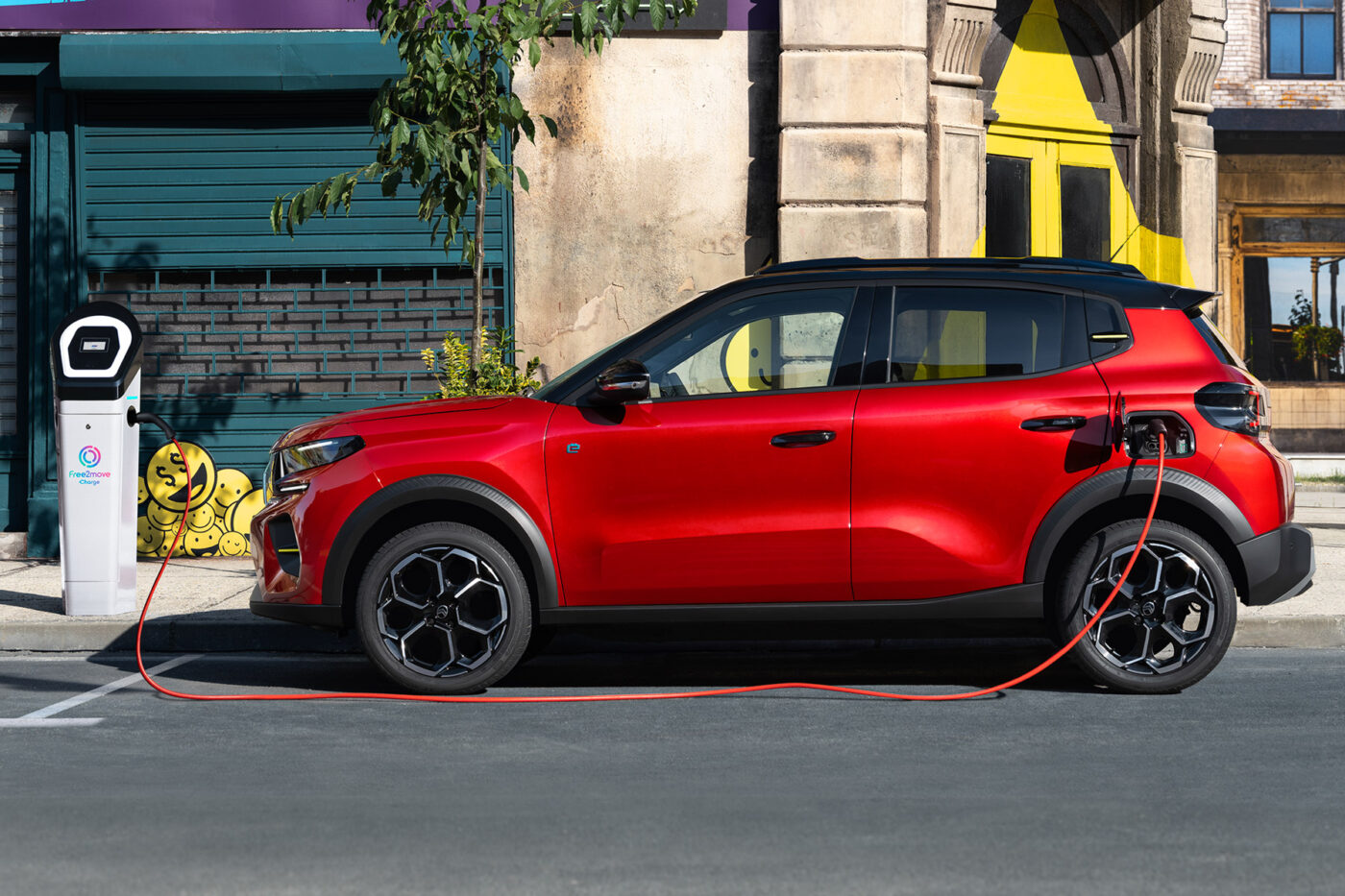
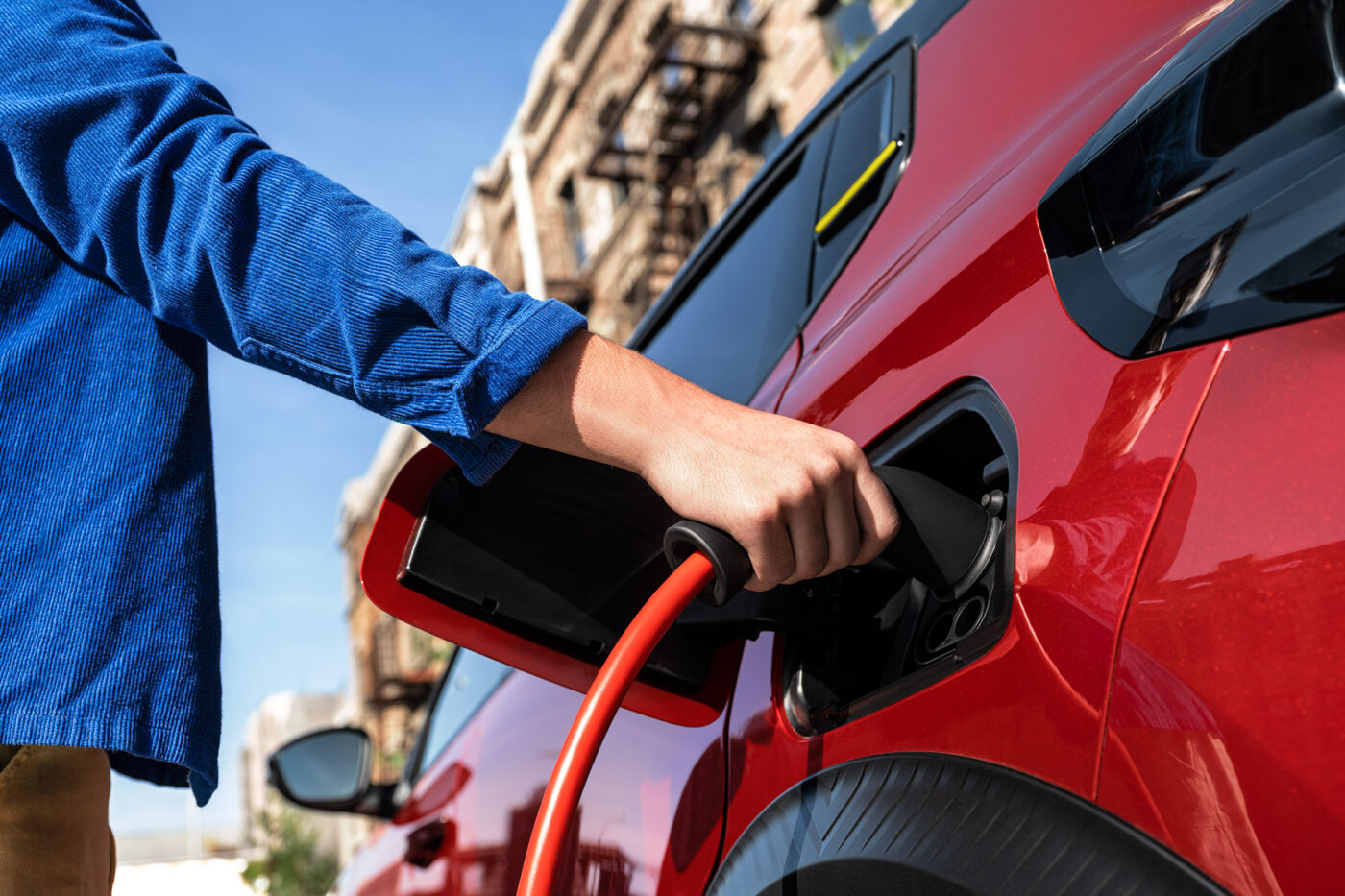
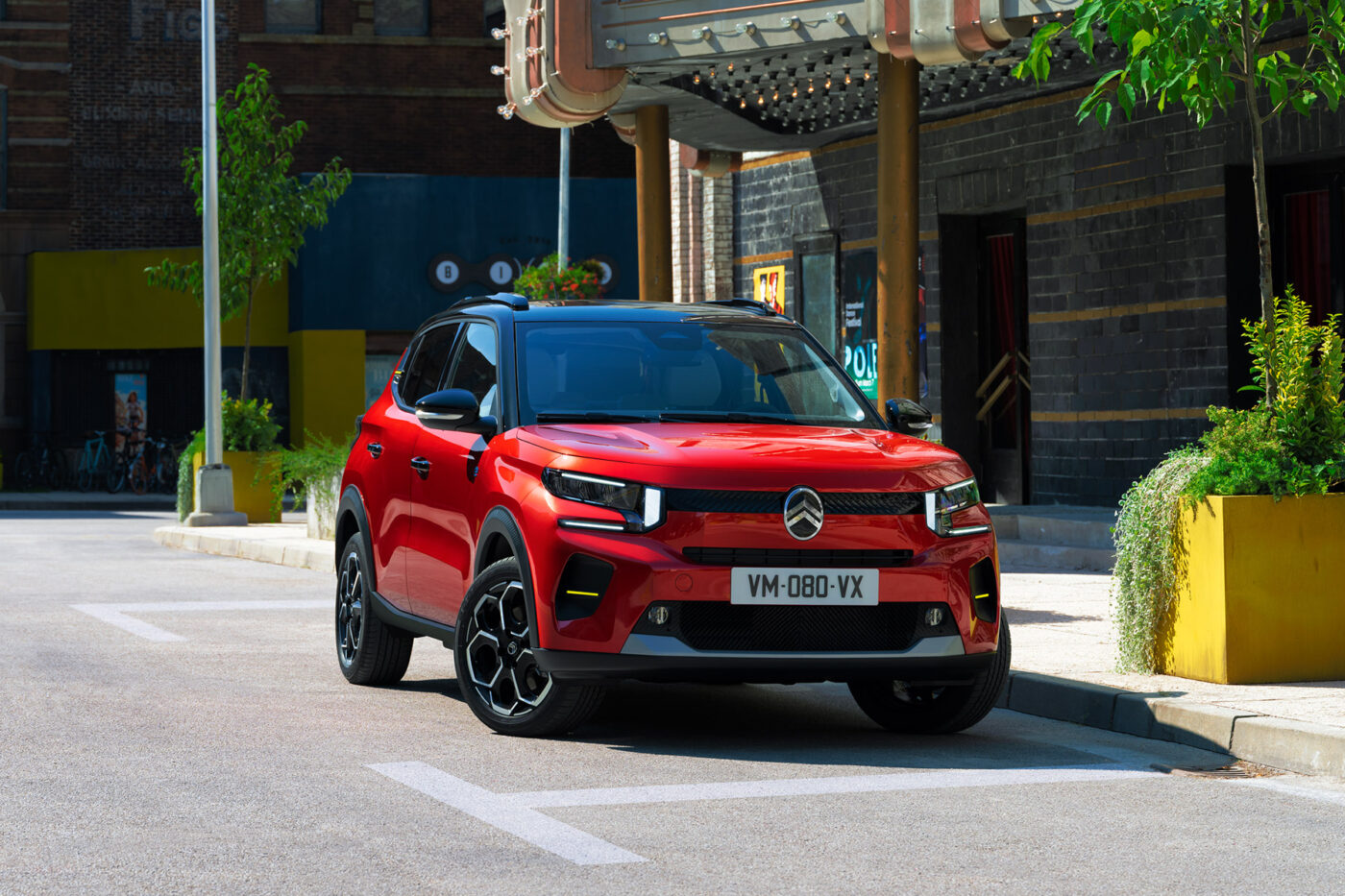
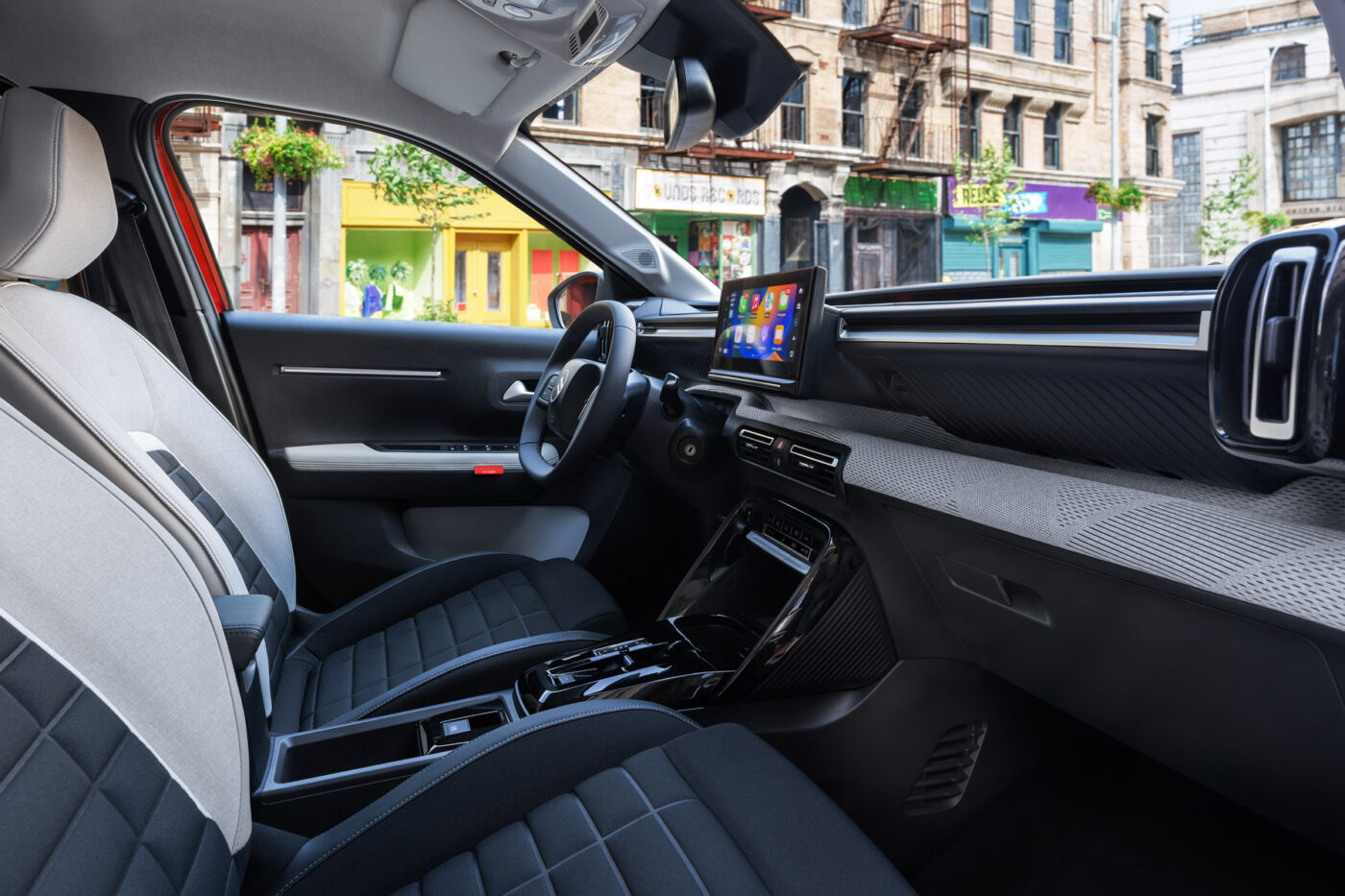
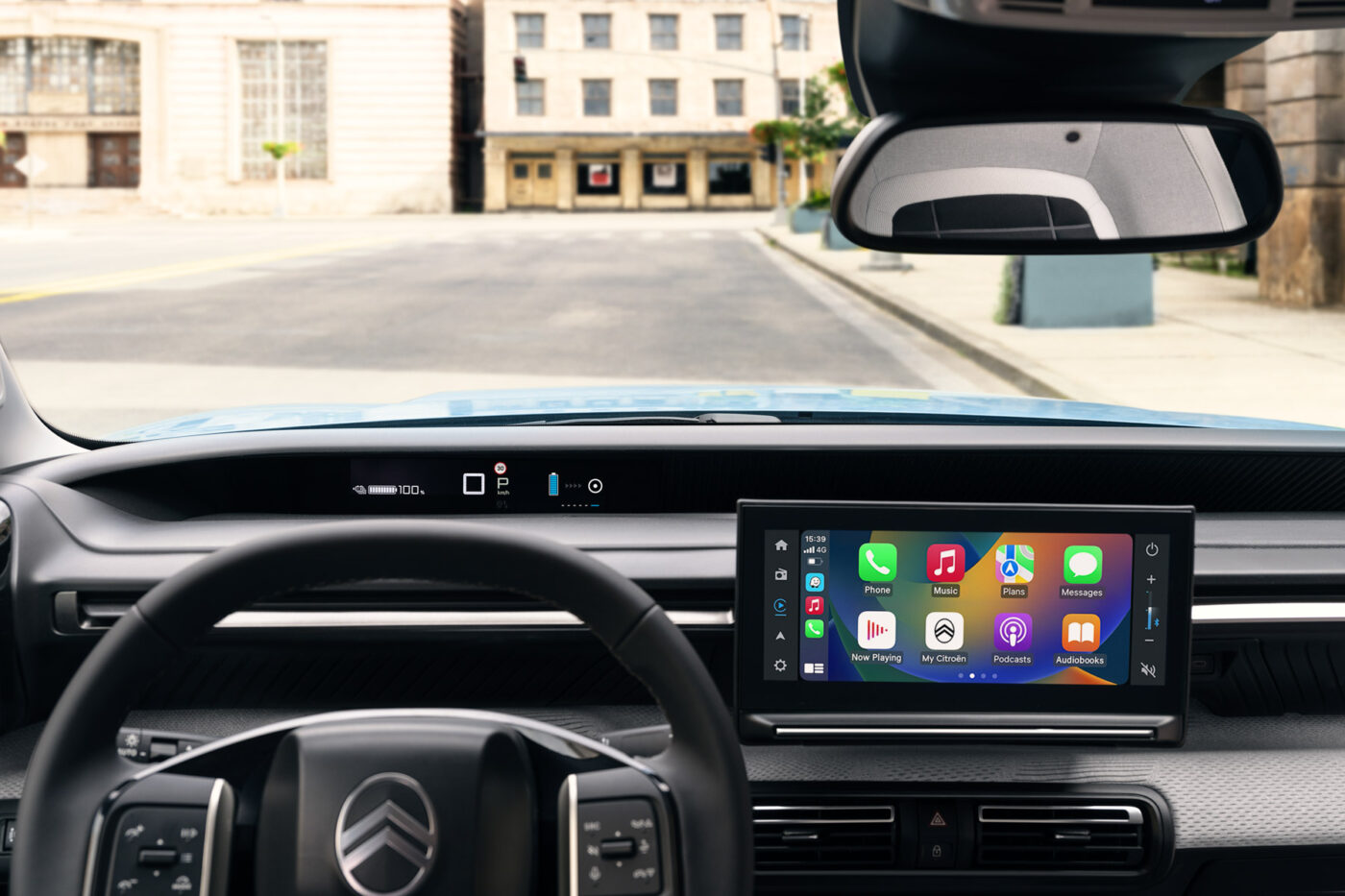
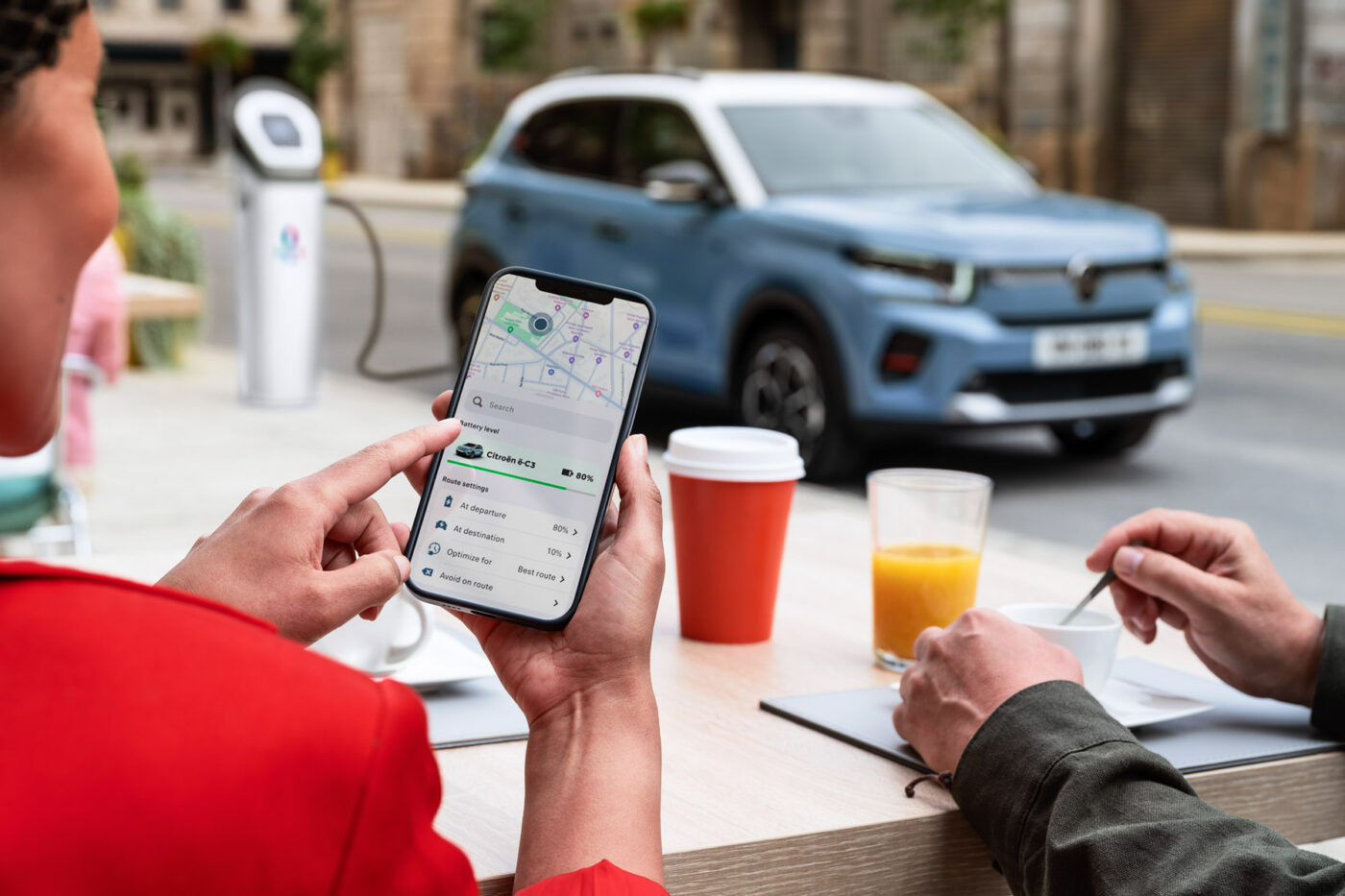
On the AC side, charging is possible with 11 kW. It should take 2:50 hours to charge from 20 to 80 per cent. If only single-phase charging with up to 7 kW is possible, it supposedly takes around four hours. Citroën did not specify the complete AC charging time from 0 to 100 per cent – but with 11 kW and 44 kWh, a rough calculation is simple.
The drive is provided by an 83 kW electric drive, which takes eleven seconds to accelerate from a standstill to 100 kph. The ë-C3 is a bit removed from the acceleration behaviour otherwise typical of electric cars, and the top speed is 135 kph. The driving characteristics are said to be sufficient “to cope with daily journeys and traffic, especially in urban and suburban traffic”.
Despite its price, the ë-C3 is not intended to be an economy model. In the press release, the French company emphasised the driving comfort typical of the brand, which the new model is also to offer. All versions of the C3 get a so-called ‘Citroën Advanced Comfort’ suspension, which uses two progressive hydraulic shock absorbers in conjunction with the shock absorber and spring instead of mechanical stops – one for the compression stage, the other for the rebound stage. It also comes with ‘Citroën Advanced Comfort’ seats.
“Comfort is a key part of Citroën’s DNA. It’s very important to us because it’s very important to our customers. That’s why we have gone to extraordinary lengths to make the all-new ë-C3 the most comfortable car in the B-hatch segment [ …],” says Laurence Hansen, Director Product and Strategy.
Compared to its predecessor, the new C3 is just under two centimetres longer (+19 millimetres), and only six millimetres wider. However, at 1.57 metres and with an SUV-like body, it sits significantly higher than before. This should make it easier to get in and out, but also increase comfort when driving over bumps, curbs and potholes. Ground clearance is 163 millimetres, up from 135 millimetres.
Inside, this should ensure more space throughout, with headroom and elbow room increasing noticeably. And the luggage compartment is also ten litres larger than before, with 310 litres. However, the spaciousness is not the most striking innovation of the ë-C3. Citroën has dispensed with a classic instrument cluster in the new model. Instead, a new Citroën Head-Up Display is used for the first time, projecting vehicle information onto a glossy black area between the top edge of the dashboard and the bottom edge of the windscreen.
The compact new multifunction steering wheel is smaller and can be adjusted in height and distance, helping to keep the Citroën Head-Up Display in view during operation. In the centre, there is a 10.25-inch infotainment touchscreen that can also be used with Apple CarPlay and Android Auto without turning. Citroën refers to the interior as the “C-Zen Lounge”.
For the 23,300 euros mentioned at the beginning, there is the so-called ‘You’ model. This comes as standard with front LED headlights, Citroën Advanced Comfort suspension, Active Safety Brake (emergency braking system), new Citroën Head Up Display, the infotainment with smartphone integration, electric door mirrors, automatic lights, rear parking sensors, cruise control, air conditioning and 6 airbags.
The top-of-the-line ‘Max’ range adds 17-inch diamond-cut alloy wheels, a two-tone paint finish with contrasting roof, LED tail lights, Citroën Advanced Comfort seats, tinted rear side windows & rear window, automatic climate control, reversing camera, 10.25-inch colour touchscreen with wireless connectivity to Apple Carplay and Android Auto, 3D navigation, wireless charging, a leather-look steering wheel and a 60/40 folding rear bench seat. An optional ‘Winter Package’ offers a heated windscreen, heated front seats and a heated steering wheel.
With these two versions, the ë-C3 will arrive at dealers in spring 2024. In 2025, a version will follow that will offer a range of 200 kilometres – but will be even cheaper at 19,990 euros. There are no details on this as yet.
One thing is clear: the demand for an affordable electric car is there and VW will take a little longer with the ID.2. So the French company is certainly hoping for sales success. “Our mission is to build the Citroën presence in Europe to at least 5 per cent share of the European market and the addition early in 2024 of the affordable all-new, all-electric ë-C3 to our portfolio are key enablers to achieving that roadmap,” said Citroën CEO Thierry Koskas. “All-new ë-C3 also plays a major role in further strengthening Citroën’s accessible electrification programme, complementing the arrival of our new extended range ë-C4 and ë-C4X models, as well as the unique mobility solution that is the Citroën Ami.”

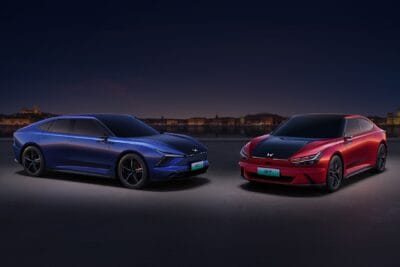
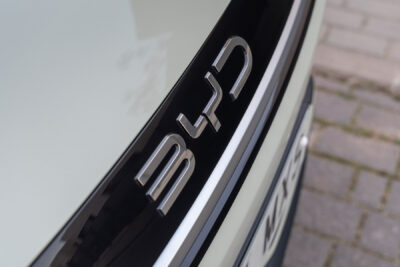

0 Comments